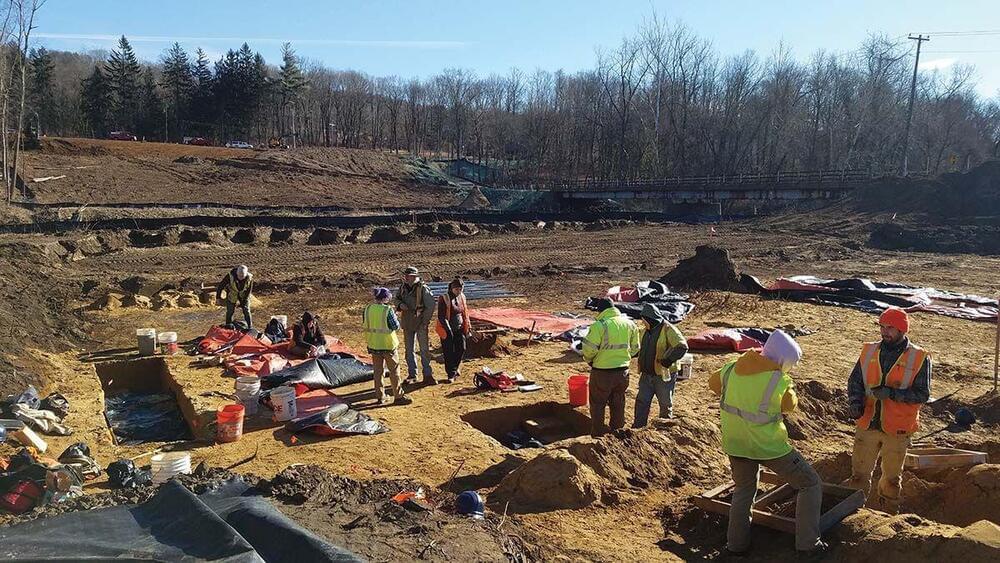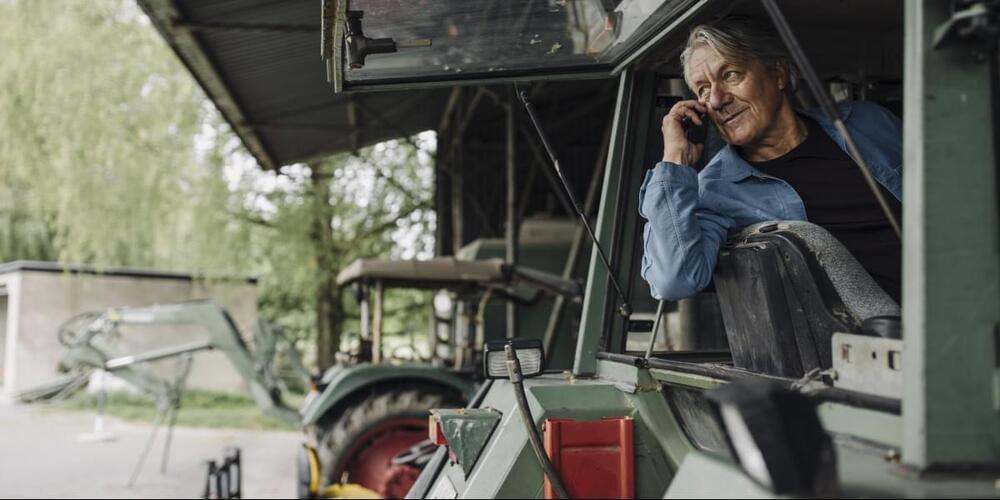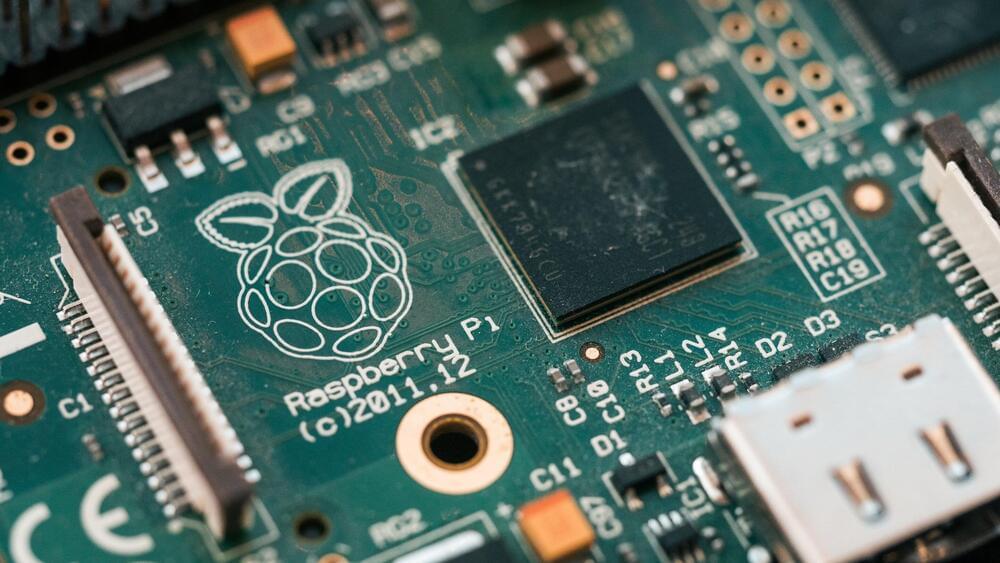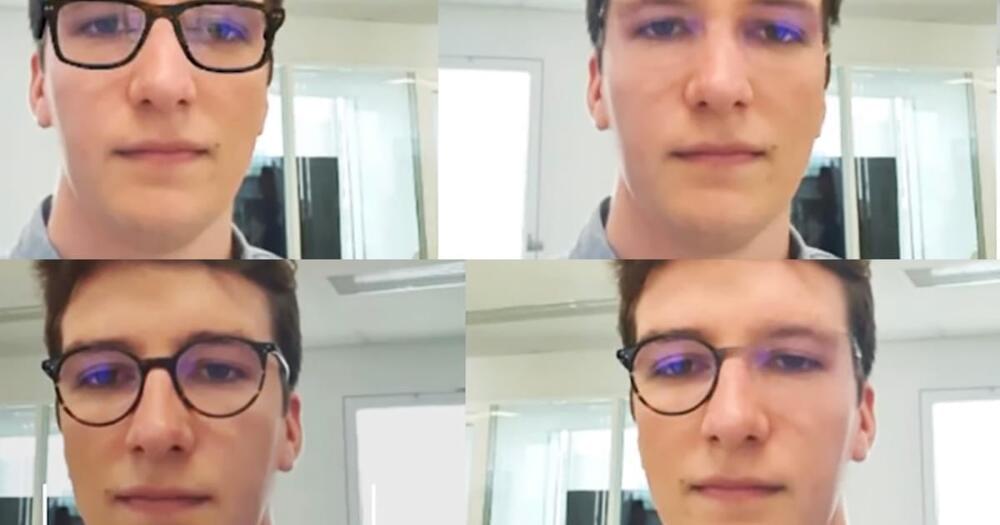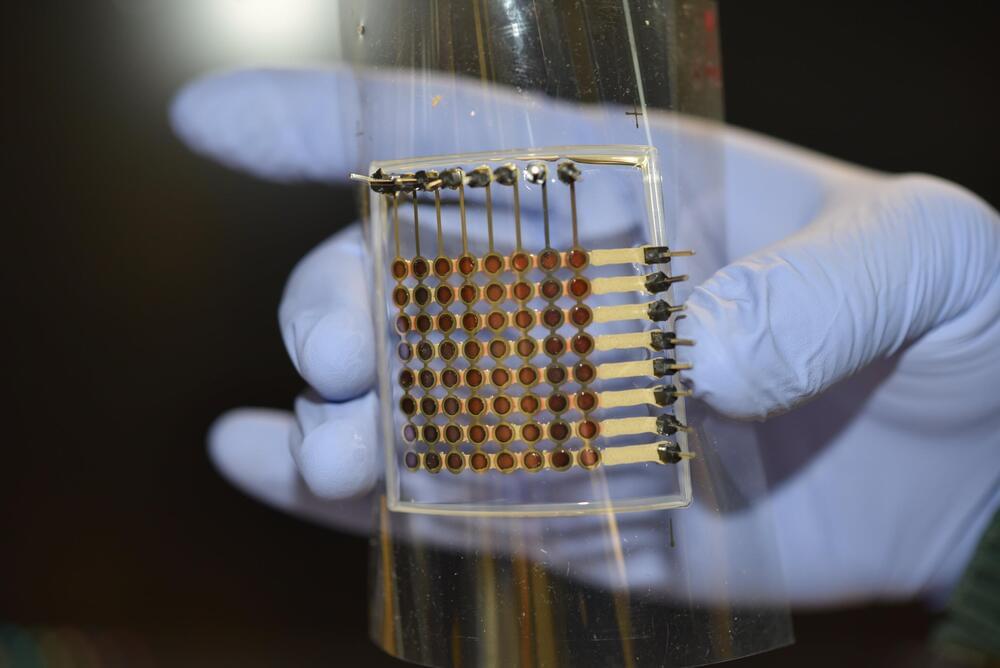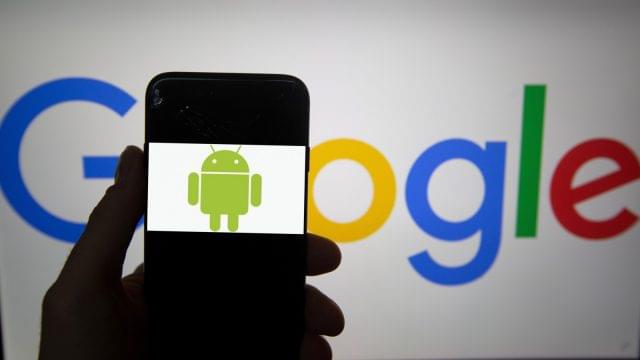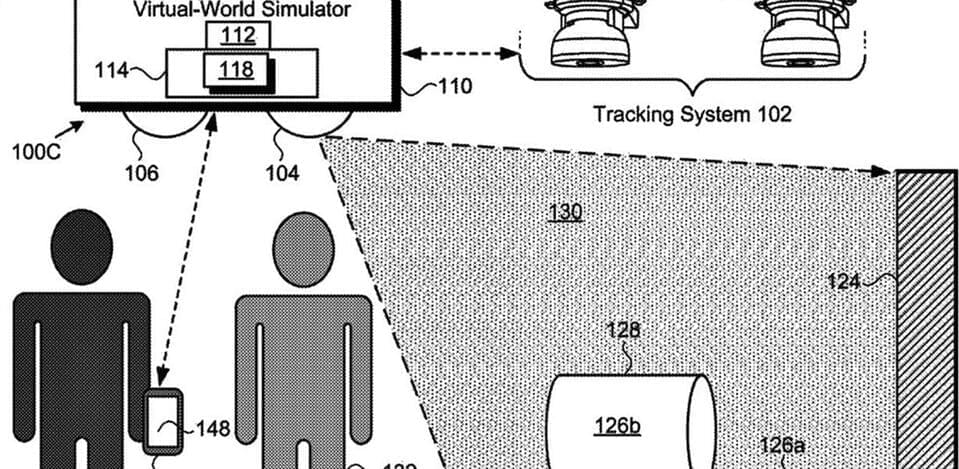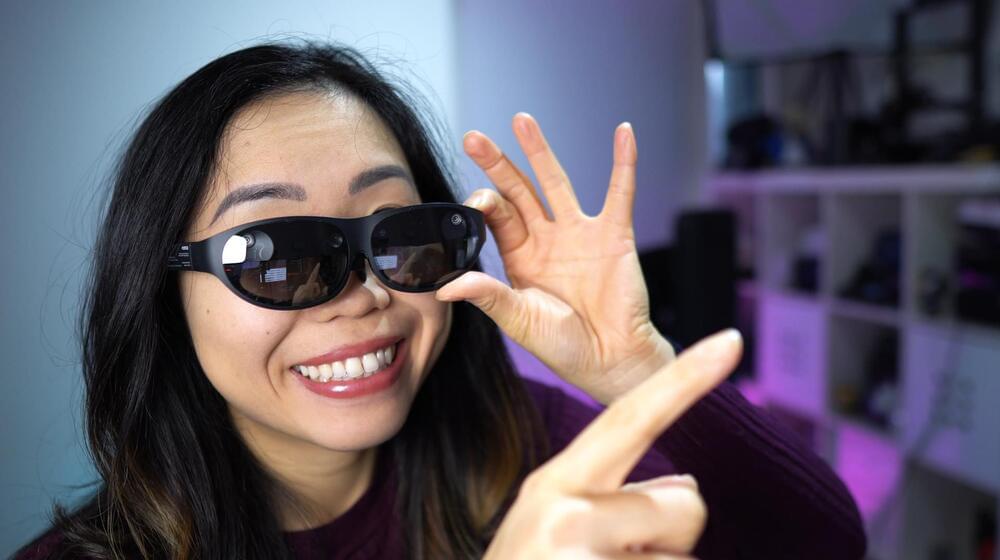Researchers at University College London (UCL), Universidade de Santiago de Compostela (USC) and biopharma firm FabRx, have managed to convert an everyday smartphone into an on-demand personalized drug 3D printer.
Using the visible light created by a mobile phone screen, the modified M3DIMAKER LUX system has already proven capable of 3D printing blood-thinning tablets in specific shapes, sizes and dosages. Operable via a user-friendly app, it’s hoped that with further R&D, the team’s machine could be deployed in future by those living in isolated areas, under the remote supervision of GPs to ensure patient safety.
“This novel system would help people who need precise dosages that differ from how a medication is typically sold, as well as people whose required dosage may change regularly,” said the study’s lead author Xiaoyan Xu. “The tablet’s shape and size are also customizable, which enables flexibility in the rate at which the medication gets released into the bloodstream.”

